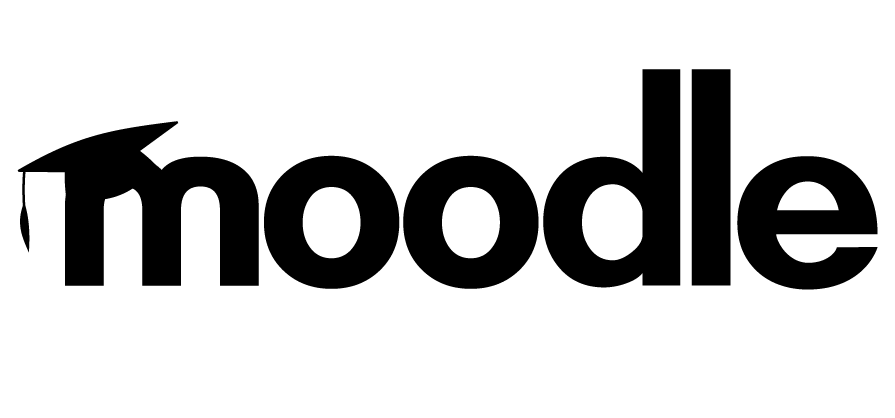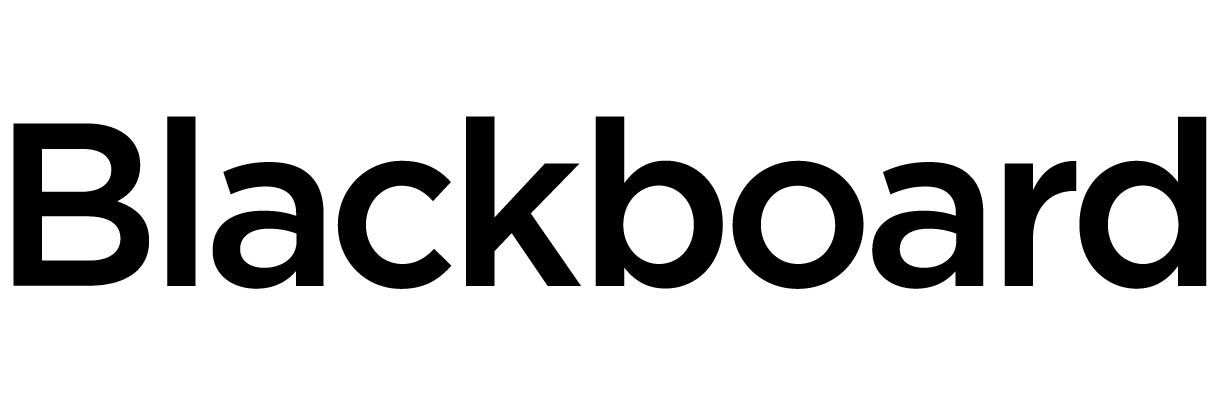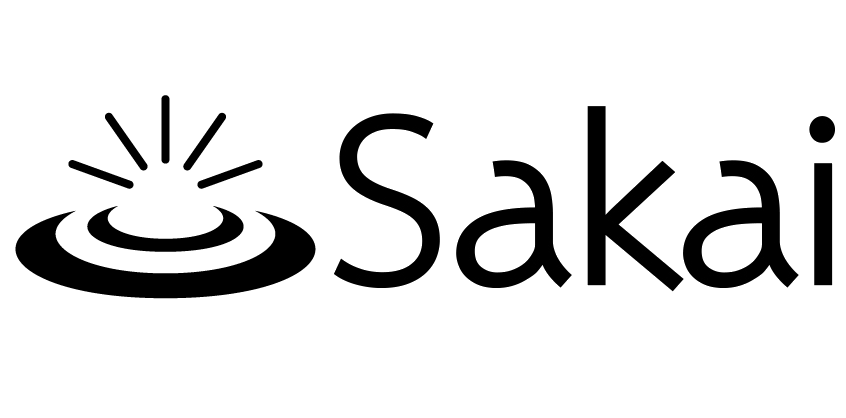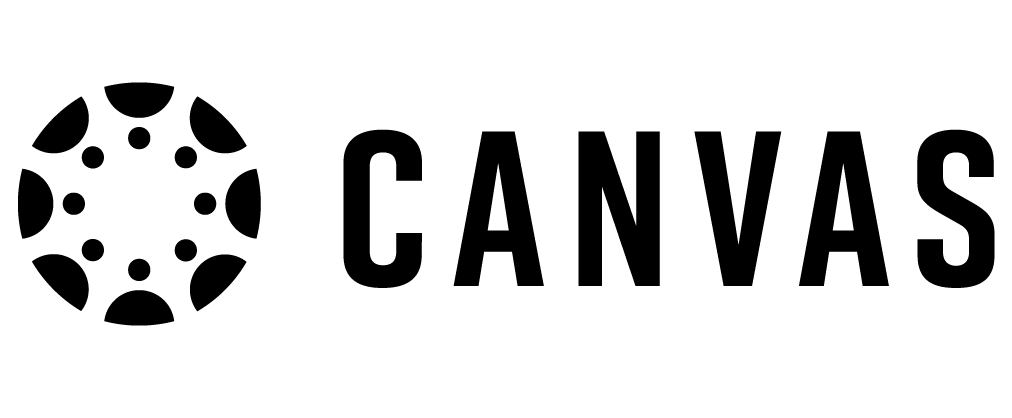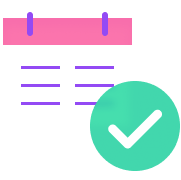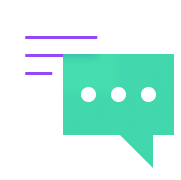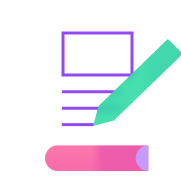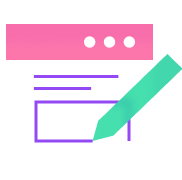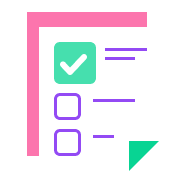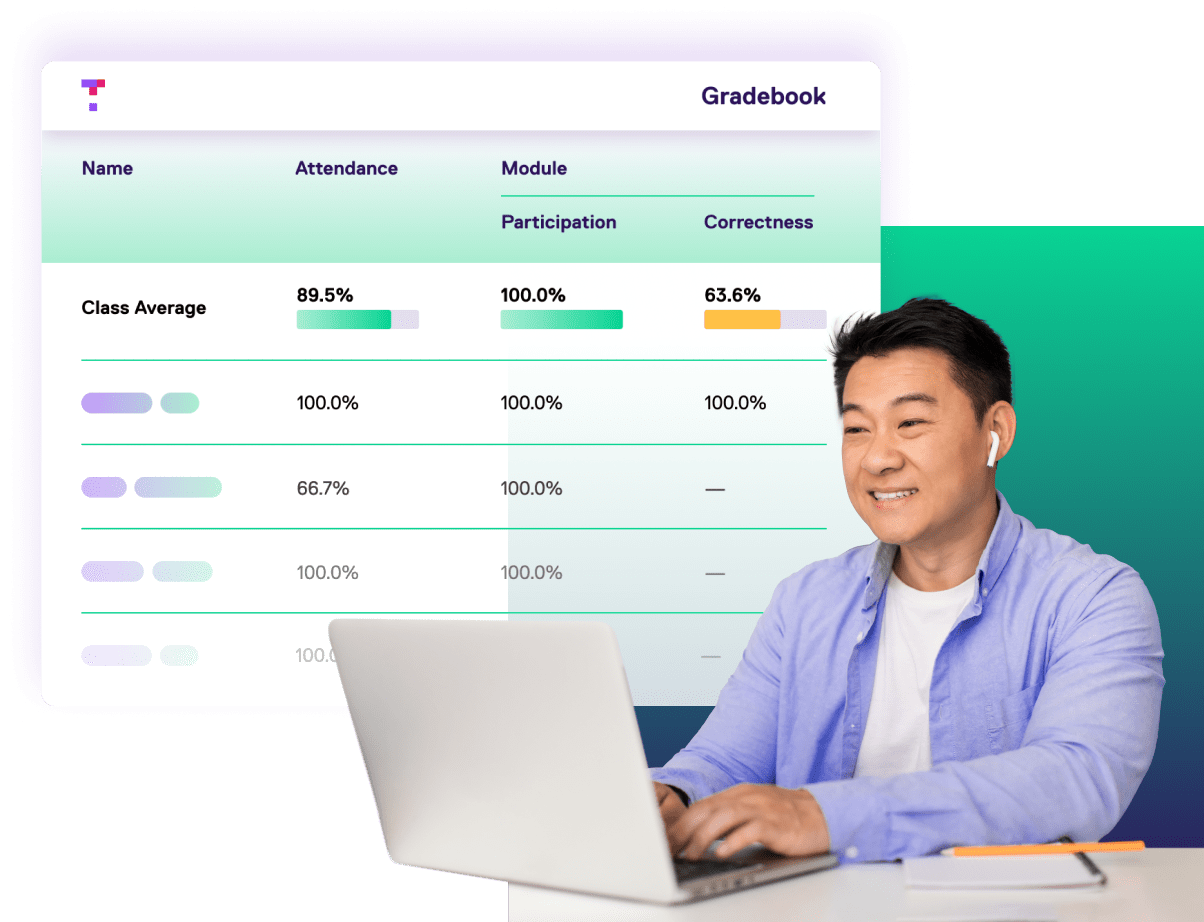
Feature: Real-Time Data
Powerful data to power student success.
Top Hat collects assessment, attendance, and participation data in real time, putting actionable learning insights at your fingertips. Understand what’s working and which students need extra help so you can ensure no one falls behind.
78%
of students say they are more likely to attend class because their instructor uses Top Hat.
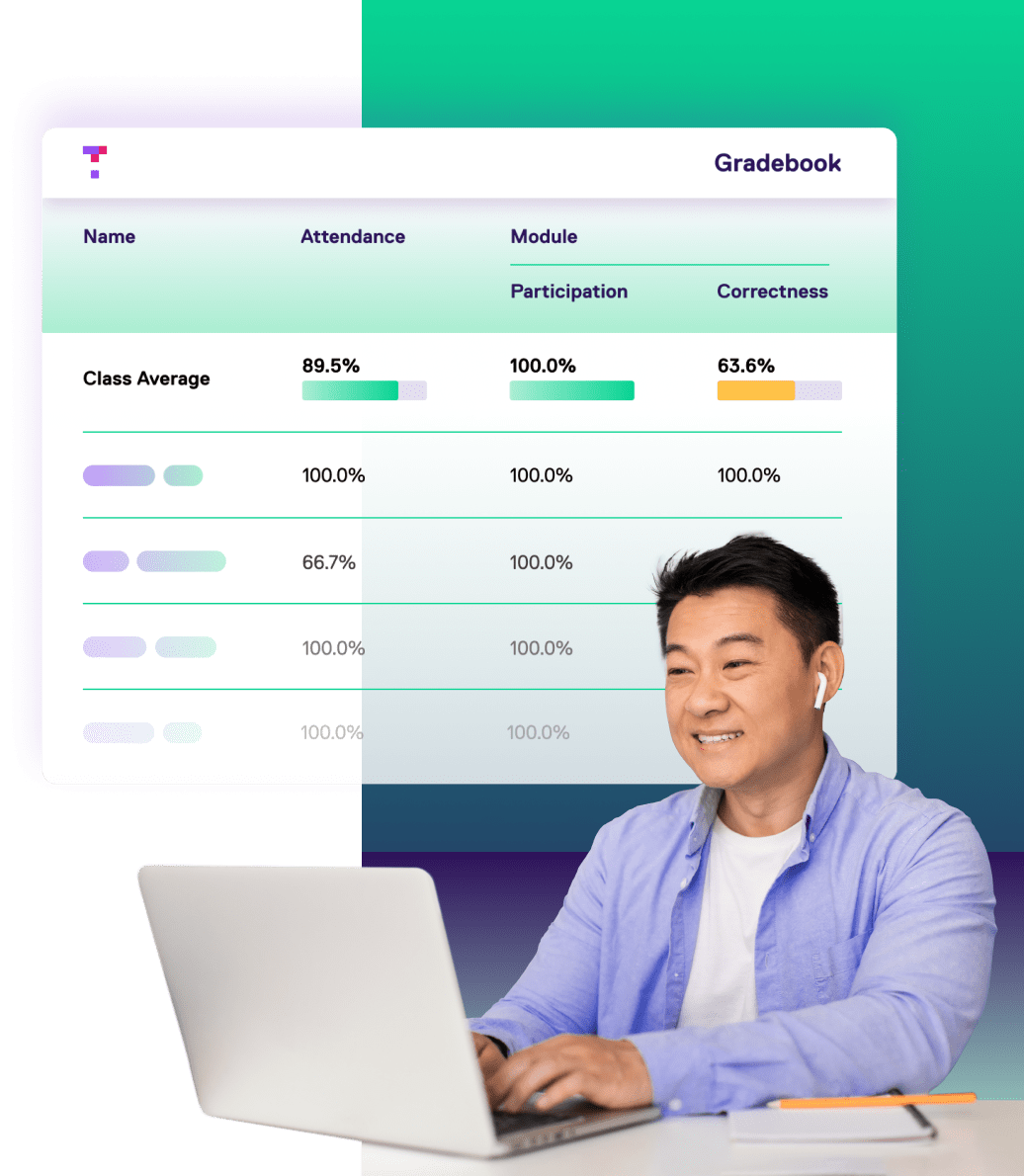
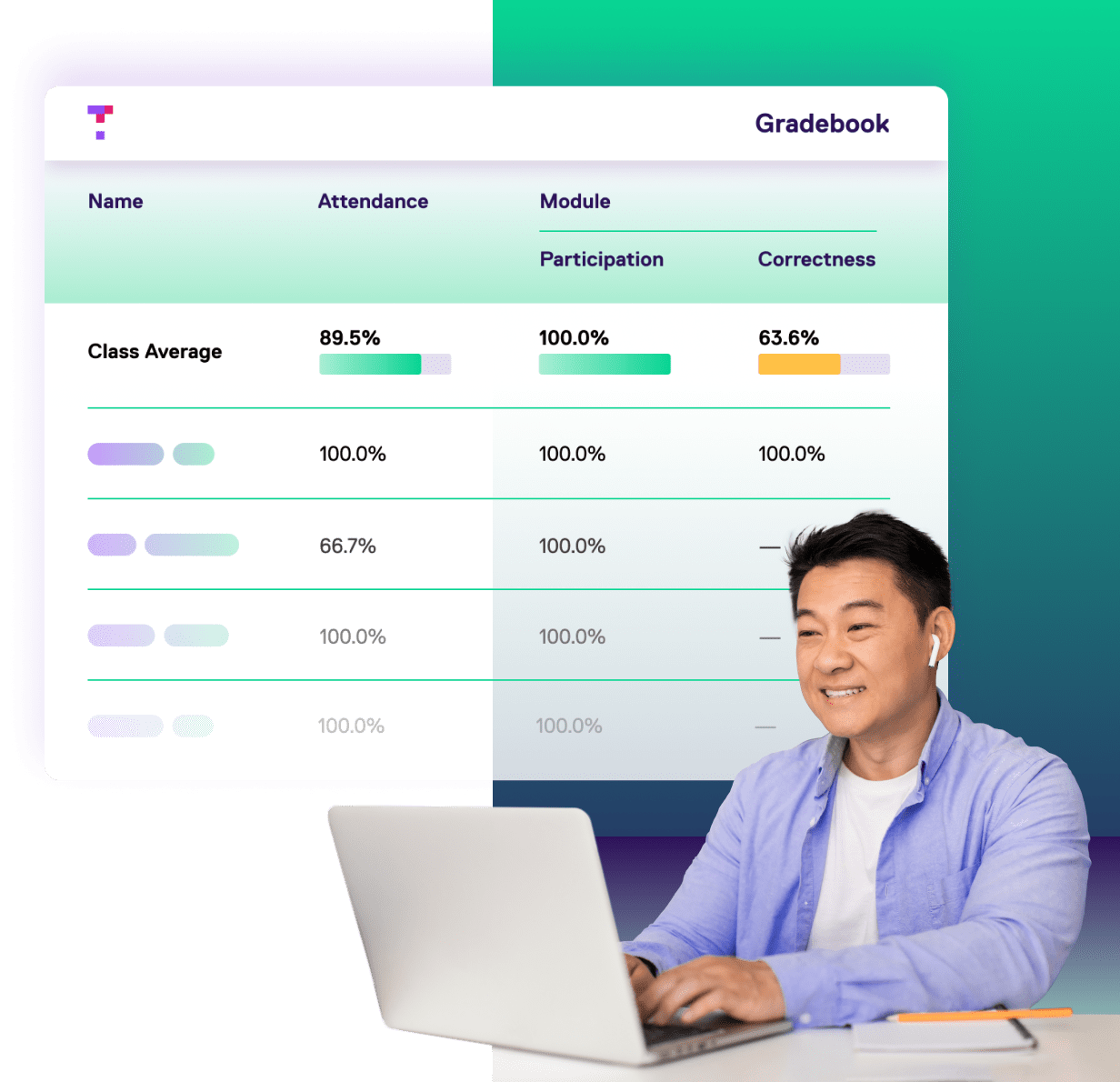
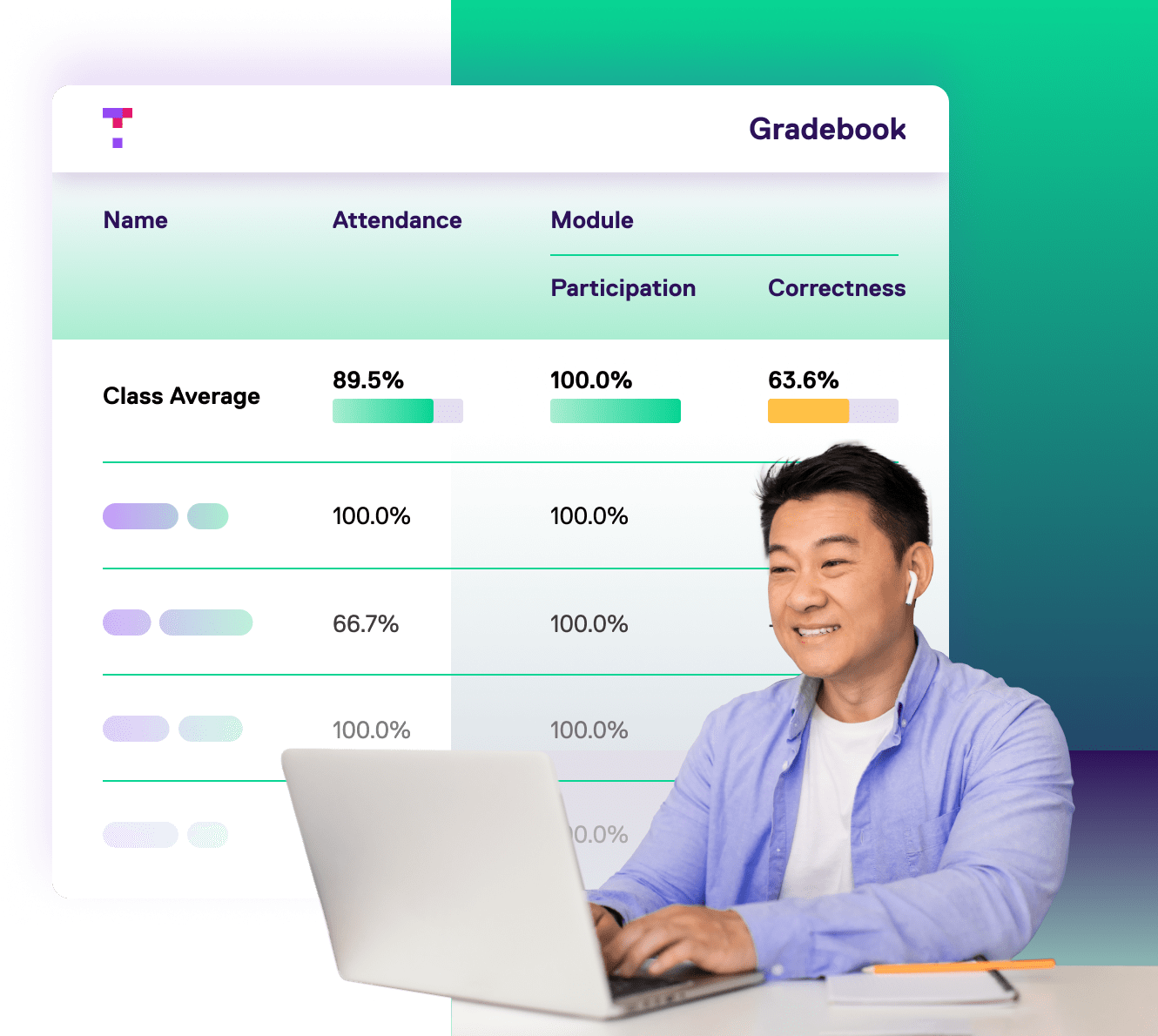
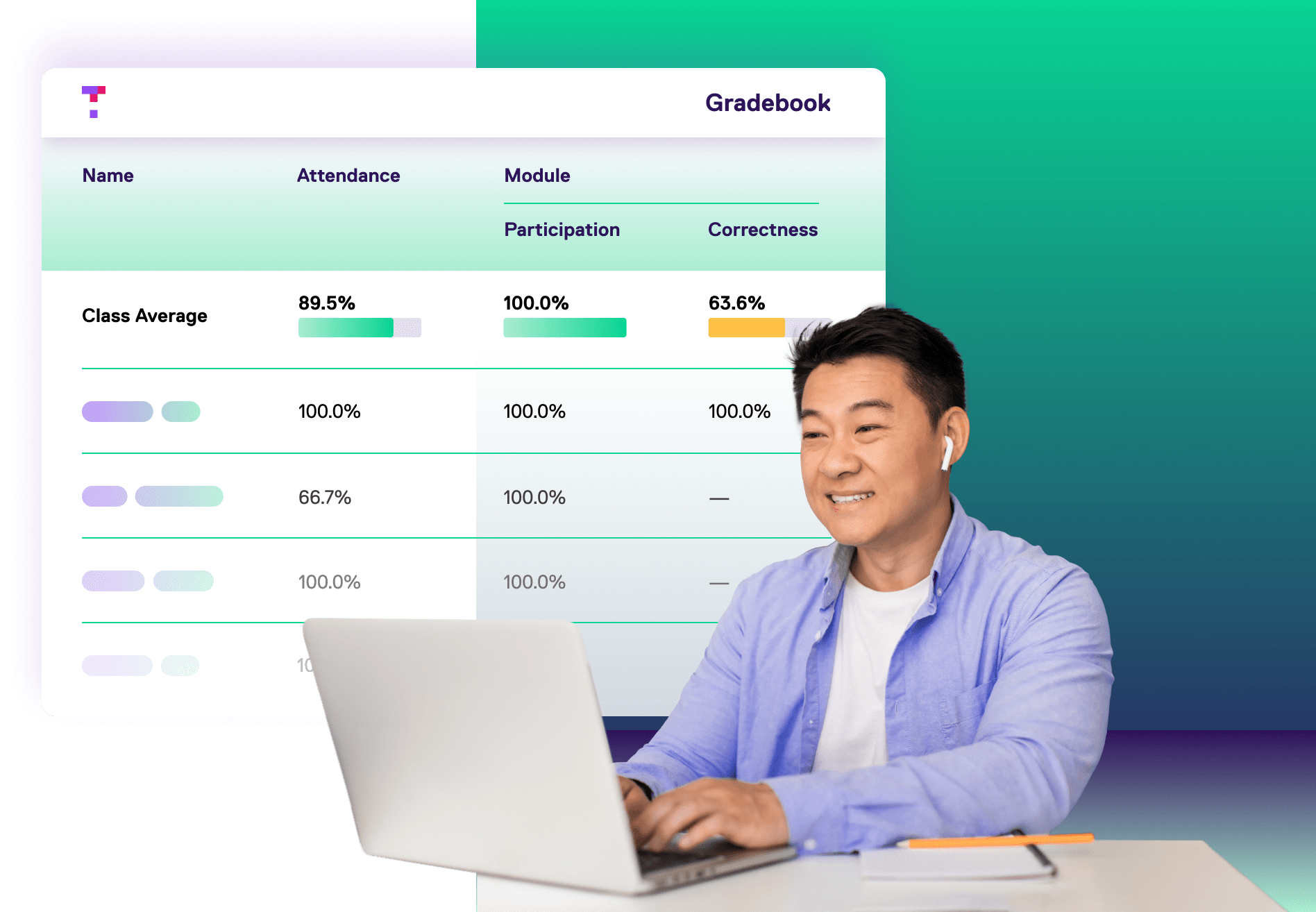
Better learning insights,
wherever your students learn.
Better learning
insights, wherever your students learn.
-
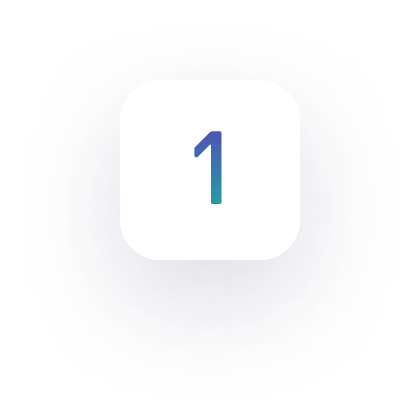
Use polls, quizzes, and discussions during class to gauge progress and course-correct based on real-time insights from student feedback
-
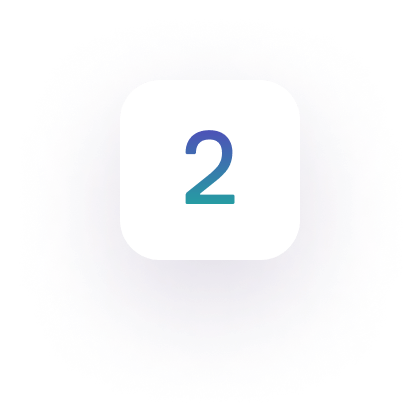
Deliver interactive readings and homework assignments outside of class to keep a pulse on student learning
-
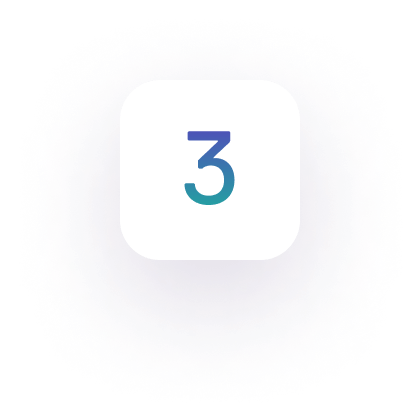
From attendance to exams, get a holistic view of participation and performance that helps you identify and support at-risk students
Handy learning insights right at your fingertips.
-
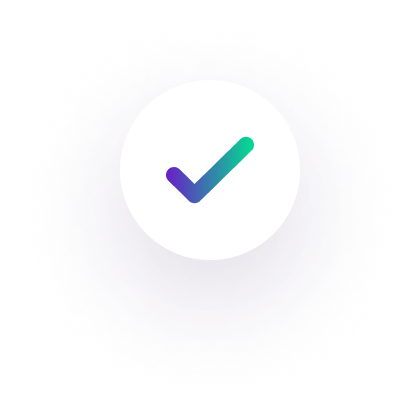
Use the Top Hat Gradebook to get a view of your entire course and each student’s performance. Attendance, participation, test and assignment results—everything is captured by our learning analytics software
-

Our weekly course report gives you at-a-glance real-time insights into class-wide trends
-

Integrate Top Hat with your Learning Management System and keep all assignment and exams results in a comprehensive gradebook, including attendance and participation scores
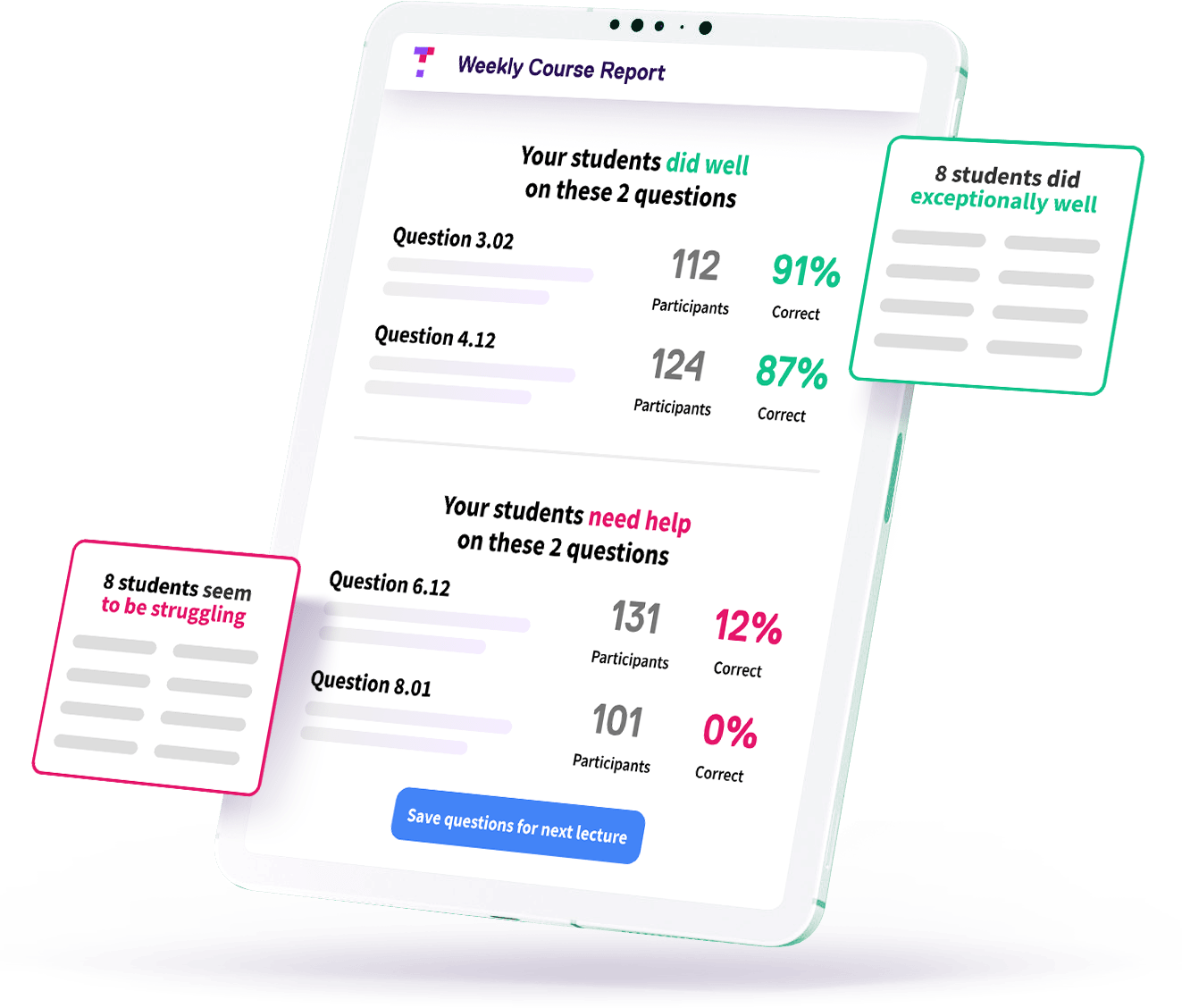
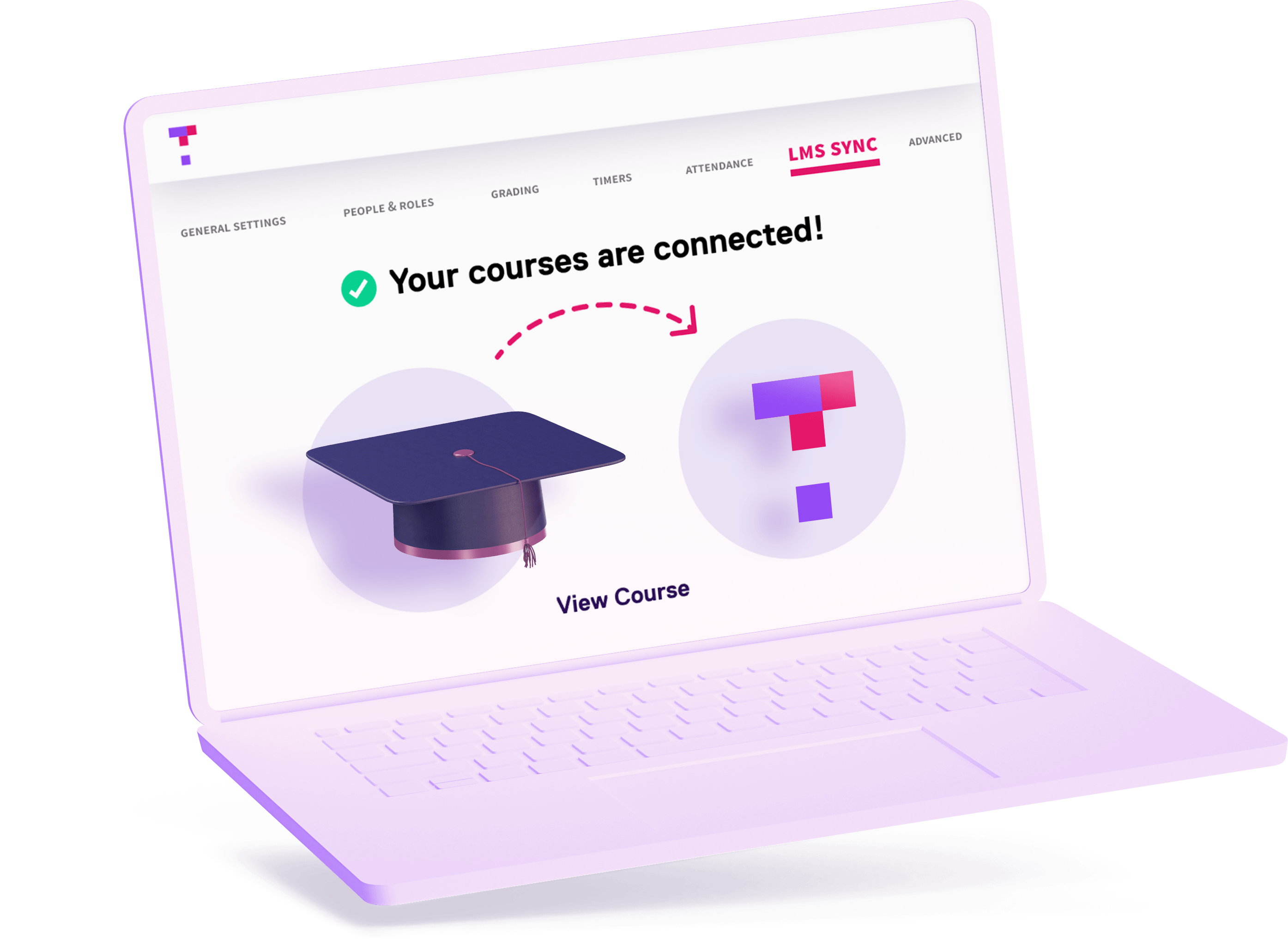
Integrate Top Hat with your LMS
-

Our platform seamlessly integrates with your Learning Management System to elevate the student learning experience
-

Easily export data into LMS platforms like Blackboard, Canvas, D2L, Moodle, and Sakai
-

Take advantage of synced grades and class rosters, easy navigation, and direct links to assignments, presentations, tests, and more
Tools for teaching, learning, and engaging.
Real-Time Data is just one of the many ways Top Hat enables professors to teach with engaging content, tools and activities in online, hybrid or face-to-face classrooms.
Frequently Asked Questions
When you teach with Top Hat, you can use our platform software to track student progress in real time. Top Hat collects assessment, attendance, and participation data in real time, putting actionable learning insights at your fingertips. You can use the Top Hat Gradebook to get a view of your entire course and each student’s performance—attendance, participation, test and assignment results. Learn more about the Gradebook in this Support Center article.
The Top Hat Gradebook houses student performance and participation scores, making it home to a variety of learning insights. The results from attendance, polls, discussions, quizzes, tests and other assignments (including correctness and participation data) are available in the Gradebook. Educators can also use the Gradebook to generate reports for individual students to track their progress throughout the term, tracking things like attendance, total number of questions answered, total number of correctly answered questions and average scores segmented by participation and correctness. This learning analytics software gives educators real-time insights into how each student is faring throughout the course. Students can use the Gradebook to track their grades as they go.
Grades regularly sync from Top Hat to your LMS, so every student knows where they stand. Simply sync your Top Hat folders and course roster with your LMS at the start of the semester, and you’ll be given the option to include student grades as part of your sync. All data housed in our Gradebook will be automatically available in your LMS. We offer seamless integrations with all major LMS providers including Blackboard, Canvas, D2L, Moodle and Sakai.
Essentially, real-time data and insights empowers educators to adapt their teaching on the fly to best help their students succeed. Top Hat collects learning insights from assessment, attendance, and participation data in real time, which allows educators to understand which parts of their courses are working and which students need extra help. Educators can use polls, quizzes, and discussions to gauge student comprehension, and adapt their course material as needed. With the Top Hat Gradebook, educators get a holistic view of participation and performance that shows class-wide trends while also helping to identify and support at-risk students.
Watch this video to learn more.
The Top Hat Gradebook houses every digital interaction between instructors and students. The results from attendance, quizzes, tests and assignments (including correctness and participation data) are available in the Gradebook. Sync your Top Hat folders and course roster with your LMS at the start of the semester, and you’ll be given the option to include student grades as part of your sync. All data housed in our gradebook will now be automatically available in your LMS. We offer seamless integrations with all major LMS providers including Blackboard, Canvas, D2L, Moodle and Sakai.
Why educators and students love Top Hat.
“I use Top Hat to assign online homework and create in-class interactive activities. Overall, Top Hat lowered the DFW rates and improved student performance in my course.”

Sherif Moussa
Professor, Virginia Commonwealth University
“Top Hat makes me feel more confident that what I am teaching is working well. It definitely keeps students engaged; they are less likely to wander away from the lecture.”

Curtis Izen
Professor, Baruch College
“The entire platform was extremely user friendly; I wish that my entire university used this platform rather than just this one teacher.”

Jay Hyssong
Student, University of Southern Maine
